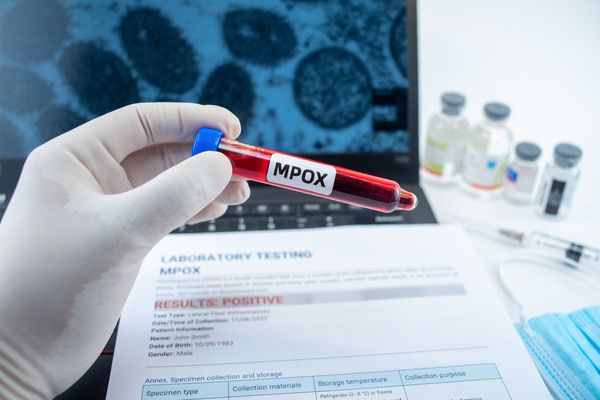
While amplified guitars were around as far back as the 1920s, it was the early K&F designs made by Clayton ‘Doc’ Kauffman and Leo Fender, followed by Fender’s original ‘Woody’ series of combos in 1946, that paved the way for the guitar amplifier as we know it today.
Back then, all amplifiers used electron valves (known in the USA as vacuum tubes) – because if you wanted to amplify a signal, there was no other option. The arrival of rock ’n’ roll in the late 1950s produced an explosion in popularity for electric guitars and amplifiers, coinciding with the peak years of valve production.
During this time, Mullard’s famous Blackburn factory employed over 6,000 people turning out over six million valves a year, but Sony’s 1957 TR-63 transistor radio signalled the beginning of the end for most valve-powered products. Over the next two decades, valve factories gradually closed down as manufacturing switched to transistors.
Guitar amplification joined in the solid-state revolution, but it’s true to say that most guitarists still preferred the sweeter tones of valves. And while solid-state continued to improve, there was a missing link waiting to be discovered – and in 1997, it arrived in the kidney bean shape of the Line 6 POD.
Fast forward 25 years and affordable now means digital. It’s now possible to buy a great-sounding digital combo amp for a fraction of the cost of a valve equivalent, and a new generation of players can get all their sounds from pedals and plugins.
For experienced and pro users, amps such as Fender’s Tone Master series have gone a long way to prove that modern high-powered digital signal processing, combined with the latest Class D power amplifiers, is not just as good as valves but often audibly better.
Other manufacturers are integrating valve amps with digital cabinet emulation hardware, like Two Notes, for greater recording and live sound flexibility, creating a ‘best of both worlds’ solution.
However, with venues like Nashville’s Grand Ole Opry now relying on Tone Master amps for their backlines, and pro players using digital replicas of their favourite amps (The Edge used Universal Audio’s UAFX products for U2’s recent bash at the Vegas Sphere, for example), it’s clear that digital has finally come of age, offering reliability and consistency that valves will struggle to match. It’s an unfortunate truth that valves wear out, while DSPs don’t.
Valves will be around for a while yet, though. As long as there’s a demand for them, hopefully someone will satisfy it, but tightening supplies mean we might see fewer affordable valve products in the future.
Upsets such as the Shuguang plant closure a few years ago and the war in Ukraine are tough lessons that nothing is forever, with no longterm guarantees for the survival of the few remaining valve factories.
Also, manufacturing valves from new plants in the West simply isn’t viable; the vital knowledge underpinning decades-old manufacturing processes has been lost and diluted, while labour costs ensure that, for volume manufacturing, the numbers cannot add up.
While classic valve circuits might be easier than ever to replicate digitally, for us the connection between software, guitar and musician is still subtly different, perhaps because today’s digital models can occasionally be almost too good.
Switching to the real thing sometimes reveals an imperfect, analogue dimension that’s nearly but not quite there yet in the binary world. The message for valve nostalgists is clear: enjoy today what may not be here tomorrow.
The latest digital advances provide nearly all of the tonal depth of valves with none of the drawbacks of those glass bottles
Meanwhile, open-minded guitarists can look forward to an era where digital tone is no longer ‘not quite the same as the real thing’. Indeed, for many, it is already the new, better real thing.
The latest digital advances provide nearly all of the tonal depth of valves with none of the drawbacks of those glass bottles, putting quality affordable guitar tone and inspiration into the hands of future generations of guitarists, and safeguarding the instrument’s relevance. Bring it on!







